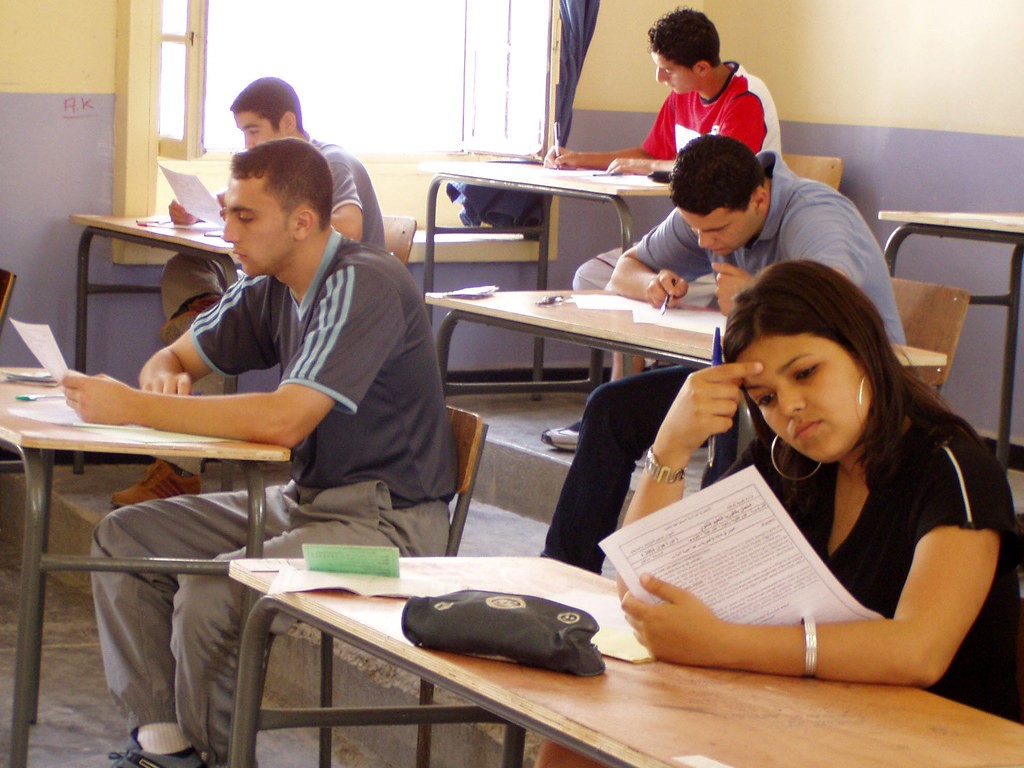Culture and Physical Health

As a student, you probably work to maintain good grades, have an active social life, and to stay healthy but there is a popular joke about what it’s like to be in college -You can only pick two of these things. The busy life of a college student doesn’t always allow you to maintain and balance all three areas of your life, especially around midterm and finals. Researchers found that students taking exams were more stressed, smoked more, drank more caffeine, had less physical activity, and had worse sleep habits (Oaten & Chang, 2005), all of which could have detrimental effects on their health. Positive health practices are especially important during times of stress, but how have habits you have been enculturated into shaped those practices? What are the similarities and differences in staying healthy as a college student in the United States compared to other countries?
Globally, human beings are living longer than ever but living a longer life does not necessarily mean we are living healthier. Researchers in the field of health want to improve our understanding of how social and technological advances in medicine and lifestyle are being undermined by increasing rates of obesity, unhealthy behaviors and widening gaps in access to health care. For centuries of human history, life expectancy has slowly and steadily risen for each generation; however, current unhealthy habits (smoking, substance abuse, obesity) may potentially threaten this trend. The New England Journal of Medicine reported that the average youth of today may live less healthy, and even shorter, lives than their parents (Olshansky, et. al., 2005). If that is the case, today’s youth would be the first generation in modern, recorded history to NOT automatically be expected to outlive the generation that raised them.
Learning Objectives
At the end of the chapter, you should be able to:
- Distinguish between models of health including biomedical, holistic, and biopsychosocial.
- Define what it means to be “healthy” using the (WHO) internationally accepted definition.
- Identify assumptions that all models make about health.
- Identify the three indicators of health recognized worldwide.
- Define the three indicators of health recognized worldwide.
- Explain the limitations of each indicator when used to describe health.
- Describe and provide examples of current rates of health in the U.S. as it relates to diet.
- Describe and provide examples of current rates of health in the U.S. as it relates to sleep.
- Identify the three factors reviewed in this chapter that have an impact health in the U.S.
- Identify factors that impact global health.
- Discuss examples of similarities between health in the U.S. and cross-cultural health concerns.
- Discuss examples of differences between health in the U.S. and cross-cultural health concerns.
- Describe the (WHO) Sustainable Development Goals.

